What does your desk look like? Is it a blank slate, waiting for inspiration to strike, or is it strewn with a mess of papers that looks like a tornado just touched down? I’ve seen both and lived through it all!
I’m a “Nothing Out” person while my husband is an “Everything Out” person, based on Sane Spaces’ Time & Space Style Inventory (an excellent indicator of your innate personality and what time management and organizing styles work best for you*). Fortunately, we have separate offices and can run our respective businesses the way we like.
There are studies that prove a clean desk means greater productivity like this one or this one, but there are just as many studies that claim that a messy desk is the birthplace of creativity.
One of my colleagues recently shared this quote, an oldie but goodie:
“If a cluttered desk is a sign of a cluttered mind, of what, then, is an empty desk a sign?” – Albert Einstein
I love that quote because it clearly shows there is no right or wrong way! You just need to find out what works best for you.
As an organizer, I will say that regardless of your style preference – whether it’s cleared of all paper that is now filed away, or bedecked with piles of paper in categorized stacks –, having a system to organize your paper will help you be more productive and set you up for success.
So this brings us to the point where we must determine your key personality trait when it comes to organizing your paper: are you a piler or a filer, an “Everything Out” or a “Nothing Out” person? You probably already know this answer* so let’s read on for strategies to organize your paper based on your style preference.
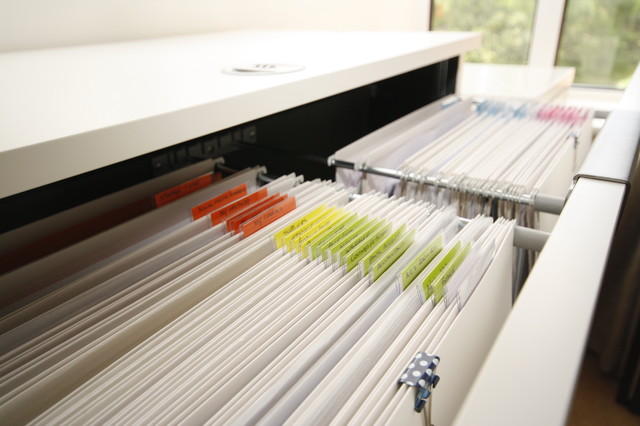
Filers
People who can’t work when there is visual clutter need to figure out a way to clear the decks so they can get to work. Filing is the best solution to remove paper from sightlines and achieve this goal.
A word of caution, however: people who file tend to keep much more paper than pilers. Why? Because they have an organized way to archive it. It’s almost as if filers aren’t forced to exercise the “edit” function and make decisions on what’s worth keeping since they already have a destination for it.
This is where the Pareto Principle (the 80/20 Rule) comes into play: 80% of the effects come from 20% of the causes. Extrapolating this idea one step further, then, 80% of the paper we hold onto is only retrieved 20% of the time. So imagine how much extra paperwork is kept than is really necessary!
A key to being a filer is reviewing your files regularly, keeping them updated with only current documents (e.g. this year’s insurance policy) and tossing, shredding or archiving (e.g. tax documents) the rest. Your files have a finite space: a drawer, a cabinet or a desktop file holder. Once paper grows beyond the boundaries you have established for it, it’s time to do some purging.
An upside to this organizing style is that you are a prime candidate for going paperless. You already understand how to organize your paper into files and categorize your files into folders, into drawers, and . . . you get the idea. Purchase a good scanner and get started! (And call me if I you need help setting up a system to go paperless.)
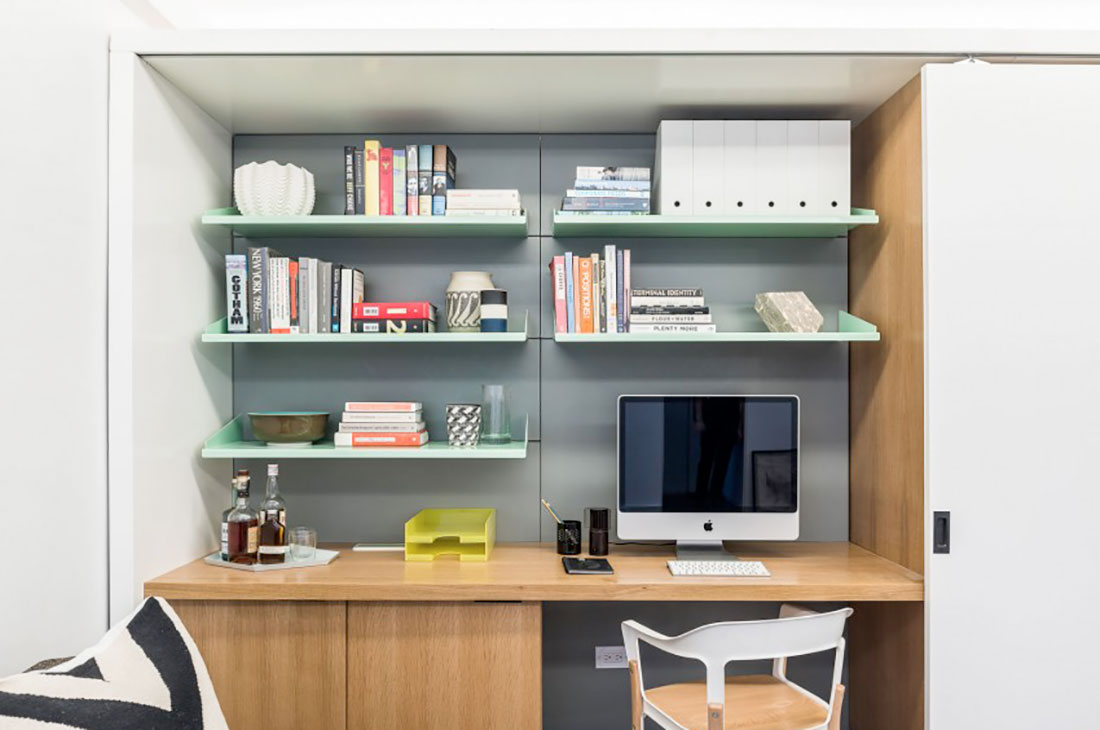
Pilers
If, on the other hand, you are afraid to file things away because you’ll forget about them and fear you’ll never be able to find them again, take heart: it’s OK! There is a system that will work for you. There are probably more pilers than filers in the world, so you’re in good company, too.
The first essential strategy for pilers is to assign categories to your paper. What kind of paper are you holding onto? Bills that have been paid, receipts, schoolwork, warranties, travel brochures, items to read, pet info, tax documents or more? Determine the number of broad categories of paper in your life and get an organizing solution like bins, file trays or cubbies to contain it all.
Categories that have a certain priority to them can live on your desk (e.g. “bills to pay,” “projects in progress,” etc.) while other categories that aren’t as urgent could be stored on a nearby bookshelf.
You may also dedicate a few areas in your home for your piles of categorized paper based on how that paper comes into your home and where you will work on it. For example, one set of bins could stay in the kitchen to help sort incoming mail and schoolwork while another set of bins could be in your office for paying bills, keeping work in progress, holding receipts, saving tax documents and so on.
The second essential strategy for a piler is to stick with the system! When opening mail, going through your child’s backpack or emptying your purse or briefcase, make snap decisions on what type of paper it is and drop it into the assigned bin. Don’t put it down without it going into the right place.
Finally, like a filer, you are still bound by space: there is only so much paper these organizing solutions can hold. So get in the habit of reviewing your bins regularly – or once they get too full – and purge what you no longer need in order to keep your paperwork in a manageable state.
Here’s to happy filing or piling! If you’d like help to whip your paper into shape, I’d be happy to help you.
* If you are interested in taking the Time & Space Style Inventory, get ready to learn more about yourself, what makes you tick and how you can be the most productive in everything you do. Check it out here. As an affiliate, I will receive a small commission with your purchase, but I’ll happily pass that savings on to you at your first organizing session with me!
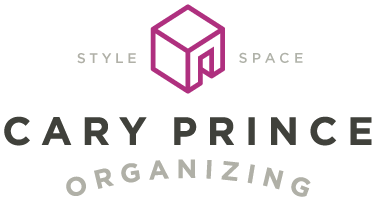
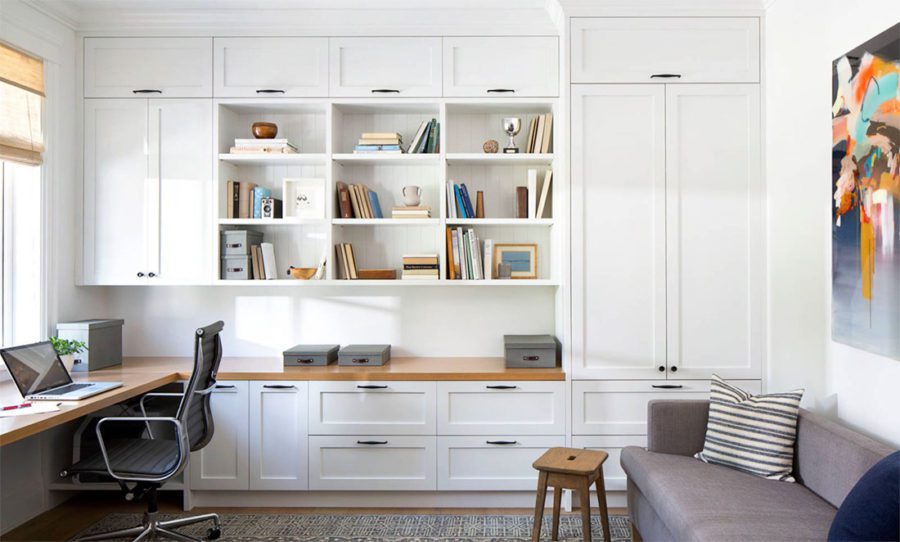
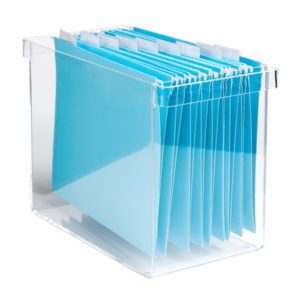
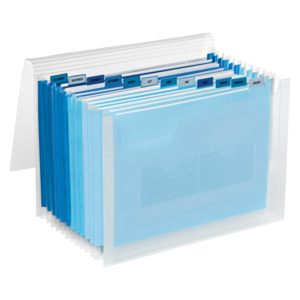
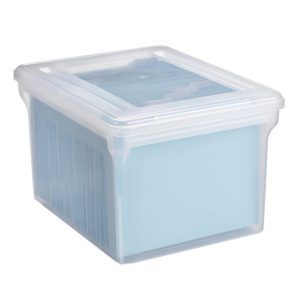
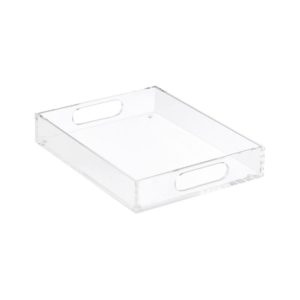
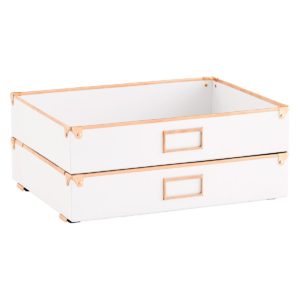
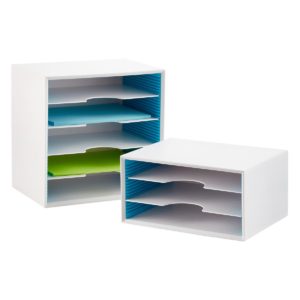


I’m a piler who tries to file in case I need something later, but am seriously planning to go paper free. Thanks for giving me hope that my piles can be managed! Going to buy a stacked bin this week!
Sounds great, Sarah! Yes, piles can be manageable with a little categorization and regular reviewing. And going paperless is the best solution of all! An easy first step is setting up all your bills, bank statements, insurance EOBs, etc. to come to you digitally — that alone will cut down on a huge amount of paper that comes into your home each month. Good luck!